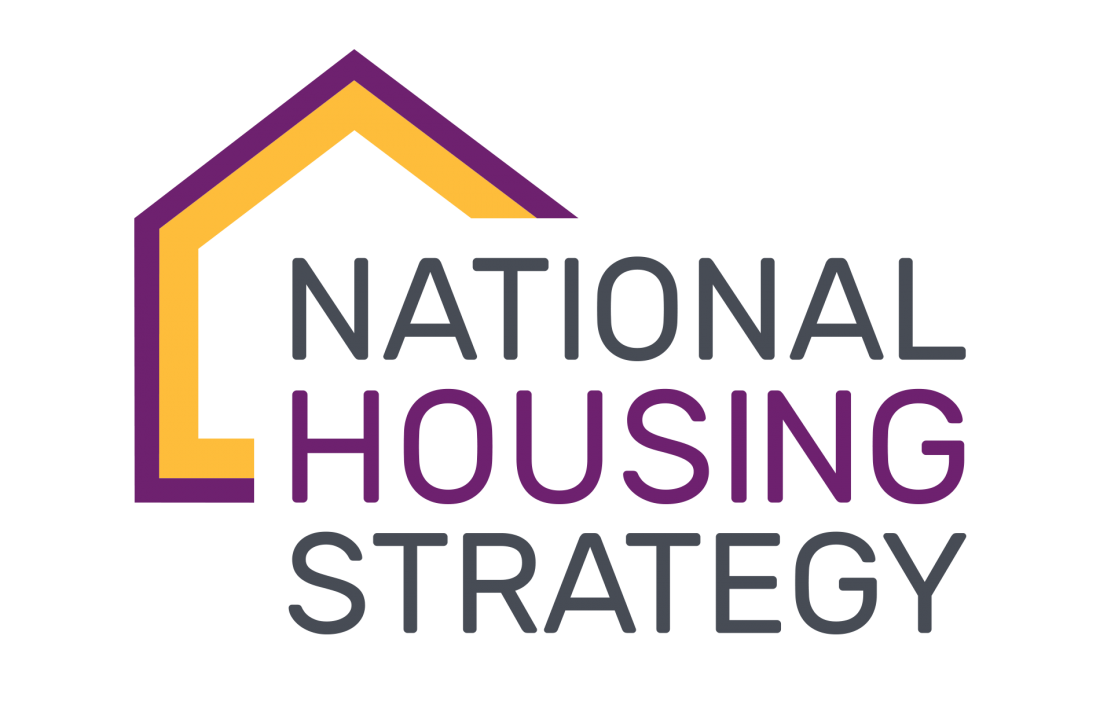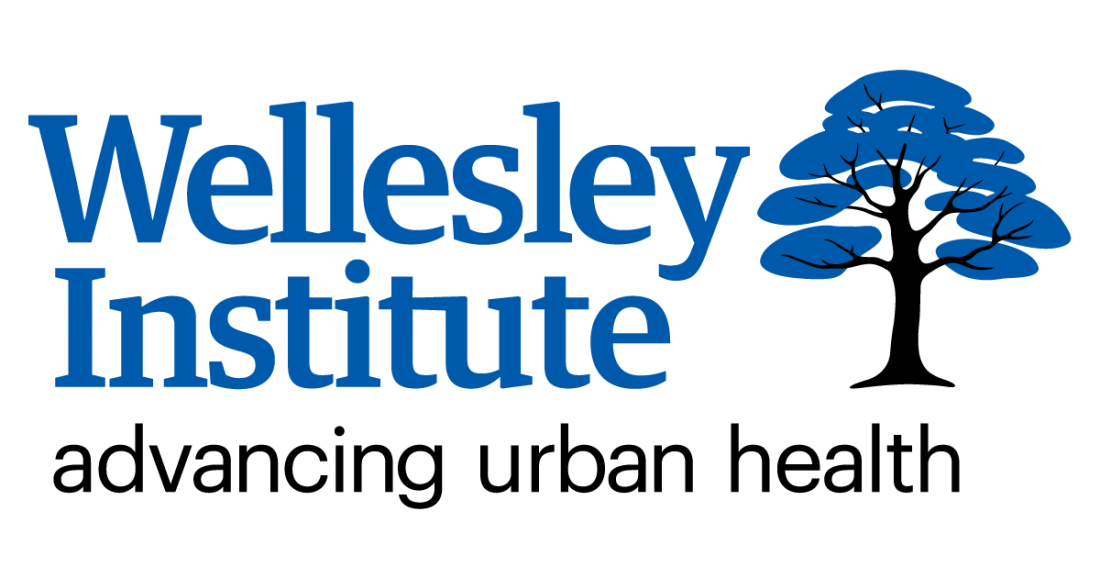
Healthy Housing Quality Lab
How might a healthy housing initiative for older
private rental apartment blocks ensure
good repair and quality of housing in Toronto?
A Solutions Lab by Wellesley Institute funded by CMHC under the National Housing Strategy
Impact
Housing that is affordable and of decent quality fosters good health. Unresolved problems with older apartment buildings negatively affect health of tenants.
By the end of 2020, approximately 60 per cent of rental housing in Toronto will be at least 50 years old and moving towards the end of its lifespan. High-rise towers house many Toronto renters, an estimated 500,000 persons, approximately 50 per cent of all tenants in the city and more importantly, approximately 43 per cent of Toronto’s lower income families.
Wellesley Institute was awarded funding by Canada Mortgage and Housing Corporation’s Solution Lab Program to work collaboratively with building owners, tenants and stakeholders to improve healthy housing quality in the private rental problem.
Process
Beginning in 2019, Wellesley worked with SHS Consulting ,experts in housing development policy and research, to understand the current state of apartment buildings in Toronto, and to co-design a suite of solutions to find a way forward to maintain healthy housing in the city.
The Lab was a collaborative process, working with apartment owners, managers, City of Toronto staff, and other stakeholders and experts. It began with a problem definition and “discovery” then moved through solution-finding and framing options, and then to development of a final roadmap of action. This collaborative approach was essential to understand the issues and helped participants move to a consensus for the best ways forward for all partners.
Quality Housing Forum
On October 28, 2019, about 40 participants of stakeholders, city of Toronto staff, building owner representatives and tenant leaders attended a full day forum at the University of Toronto to drill down on issues facing aging apartment buildings. The forum was an opportunity to learn about the problem and to hear expert advice on the scale of the issue. We also delved into where we might head with developing solutions to this complex and multi-faceted problem.
Proposed Solutions
The core design group proposed the following solutions:
Solution 1 – Standards and Enforcement
Emphasize a coordinated, data-driven and a health best practices approach to standards and enforcement to provide a system-wide definition of ‘healthy housing quality’ and bring the worst performing buildings to a healthy state.
Solution 2 – Investment and Funding
Establish a centralized “one-stop shop” of funding and loans to conduct renovations and deep retrofits with criteria to ensure healthy housing quality and affordability.
Solution 3 – Healthy Housing Quality Tenant Hub
Support tenants in healthy housing quality issues through the creation of place-based hubs and a central tenant network. The place-based hubs deliver on-the-ground supports for tenants at a neighbourhood level, while a central tenant network connects local issues to systemic opportunities.
Solution 4 – Acquisition
Implement mechanisms to acquire aging and/or “distressed” housing stock from building owners unable or unwilling to provide healthy housing quality to ensure adequate repair and ongoing affordability.
Solution 5 – System-Level Housing Collaborative
Establish a permanent collaborative multi-sectoral committee dedicated to cross-system dialogue on healthy housing quality for the preservation of quality affordable rental housing in Toronto and further the solutions emerging from the Healthy Housing Quality Solutions Lab.


